The most amazing fishes of Brazil- Part II"
Brazil is a privileged country when it comes to freshwater availability — 14% of the world’s freshwater reserves are distributed over 12 river basins throughout the country — the Amazon basin is considered the largest on the planet. With such a large amount of freshwater, it’s no wonder that the diversity of aquatic life is also huge. Today, we’ll take a look at some more Brazilian fishes that may surprise you.
1 - Payara
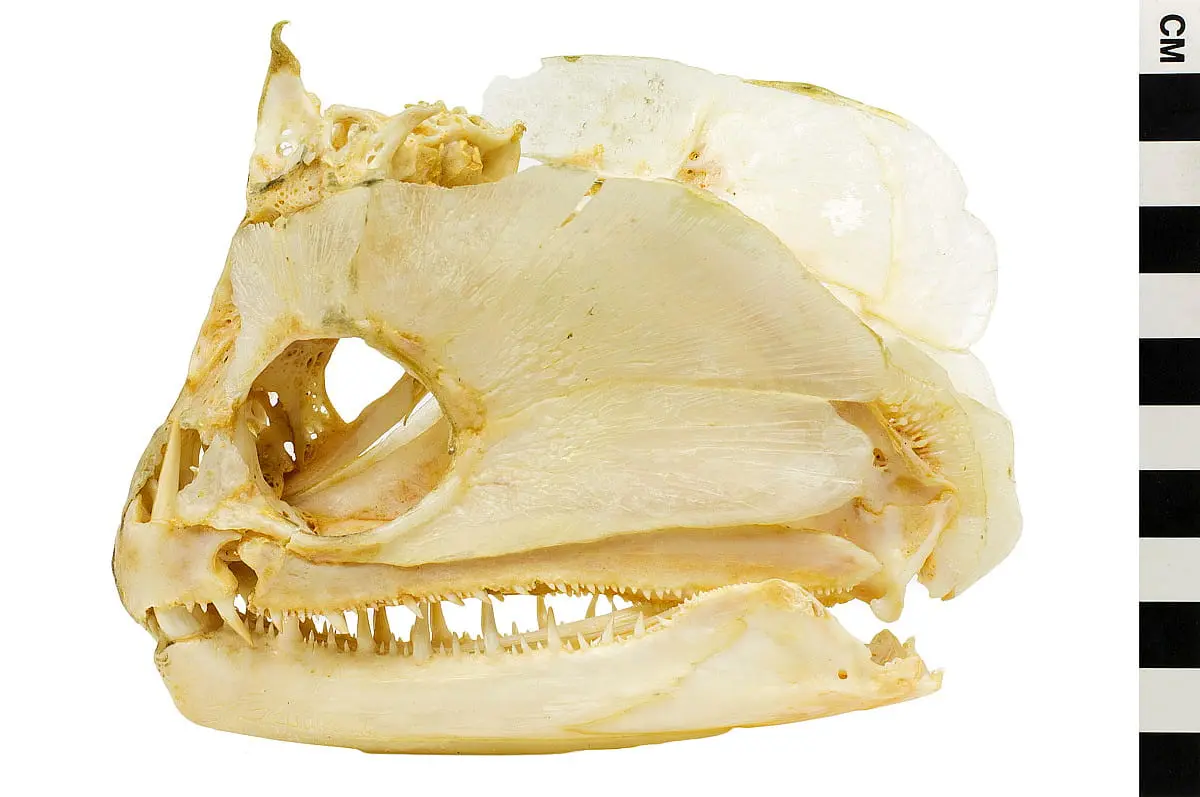
This fish is known for its huge teeth, which are so large that the upper jaw has two holes to accommodate them when the mouth is closed. These huge teeth, which can measure between 10 and 15 cm (4 and 6 inches), are used to impale their prey.
In fact, there are 4 species found in the Amazon and Orinoco river basins, the largest of which is the Hydrolycus armatus which can reach up to 90 cm (3 feet), but there are reports of larger individuals. Other species are: H. tatauaia, H. scomberoides and H. wallacei that measure from 45 to 35 cm (18 to 35 in) respectively. The biggest differences between these species are their size and the dark markings around their fins and tails.
Pirandirás are strong and agile swimmers, they like rough waters and populate the bottom of dams, waterfalls and rapids where there is always movement and activity. They are great piranha hunters and can consume up to 50% of their body weight daily.
2 — Gilded catfish
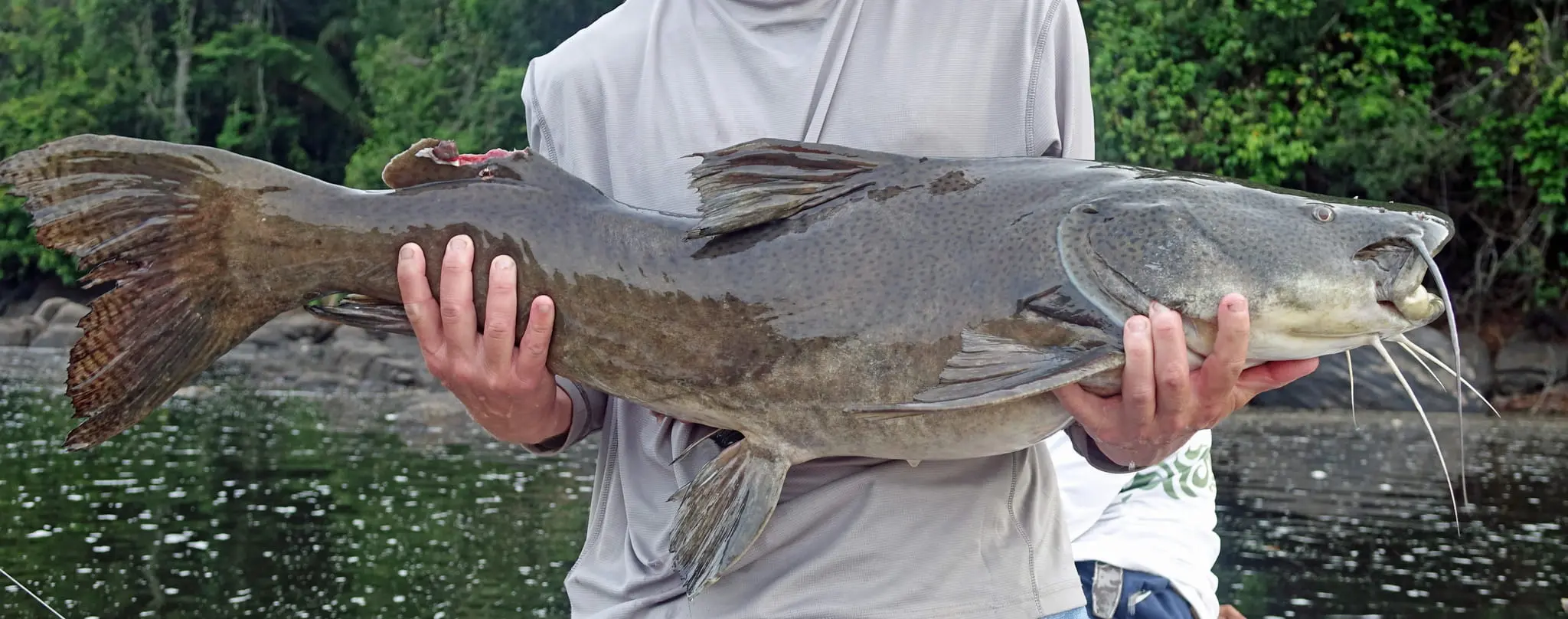
The gilded catfish or jau, is one of the largest Brazilian fishes, reaching up to 1.6 meters (3.6 feet) and weighing up to 120 kilograms (77 pounds). It is usually a passive fish that lingers at the bottom of waterfalls and rapids, waiting for an opportunity to catch prey.
They have a long, flat head that can reach up to 1/3 of their body. Their fins are arranged in spurts and their large mouth can reach up to 60% of their length, allowing them to catch prey up to 2/3 of their size.
They have a wide distribution, being found in the Amazon, Araguaia-Tocantins and Paraná river basins, as well as in the Midwest. They are almost extinct in Rio de Janeiro and São Paulo.
3 — Pirarucu
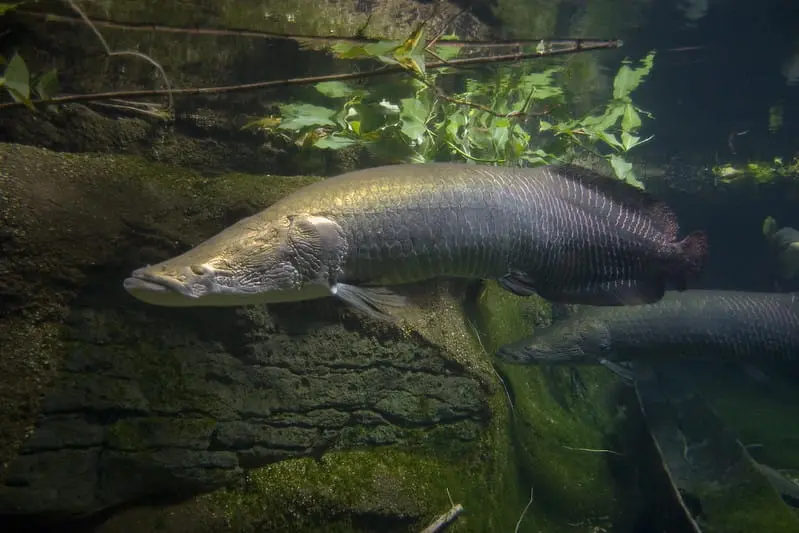
This is undoubtedly the largest scaled fish in Brazil. It can reach 3.20 m (11 ft) and weigh more than 300 kg (1,100 lbs). It usually lives in clean water rivers and lakes in the Amazon basin.
The pirarucu was traditionally considered a single species, but four species are currently distinguished. As a result of this taxonomic gap, most previous studies have used the name of a now extinct species (A. gigas). In fact, the most commonly seen and studied species is A. arapaima.
The other species (A. agassizii and A. mapae) are so unknown that it is not known if they still exist or if they are extinct.
Pirarucus have much thicker and more flexible scales than other fish, so their entire bodies are covered with a kind of armor that protects them from predators and even piranha bites.
Fish in this family are so old that a genetic study showed that pirarucus diverged from aruanas about 220 million years ago, during the Late Triassic period, when the first dinosaurs appeared.
Pirarucus are particularly vulnerable to overfishing because of their size and their need to surface periodically to breathe. The unsustainable exploitation induced Ibama, in 2004, to establish a Normative Instruction to Regulate Pirarucu Fishing in the Amazon, establishing minimum sizes for fishing and commercialization of the species, and prohibiting it during some months of the year.
4 — Piraíba
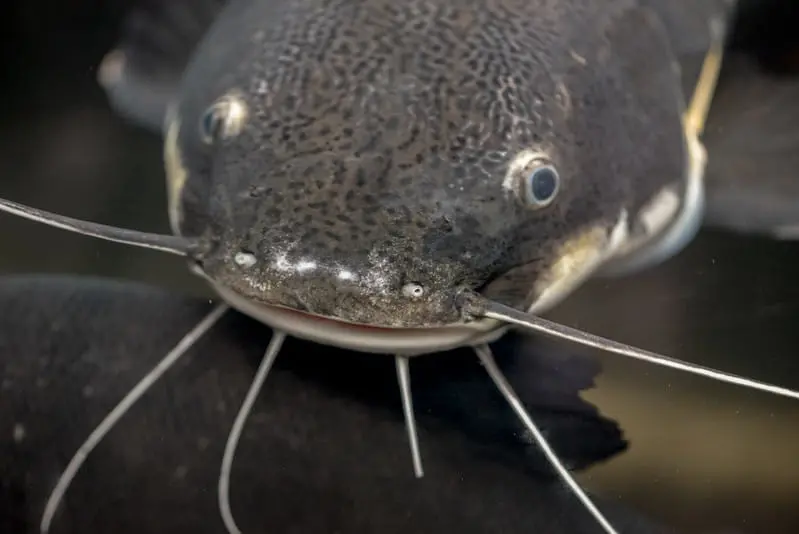
The piraíba is the largest leather fish and the second largest fish in Brazil, just behind the pirarucu. Like the gilded catfish, it is a member of the catfish family and can grow to 2.5 m (8 feet) and weigh up to 300 kg (661 lb)- individuals weighing less than 60 kg (132 lb) are considered juveniles. It is found in the Araguaia, Amazon, and Orinoco river basins. It inhabits the bottom of fresh and brackish water channels and rivers.
The piraíba has barbels (whiskers) so long that they can reach up to half its length. In juveniles, however, they can be up to twice the size of the fish. The barbels are sensitive and help the fish find its prey since its eyes are small and cannot see the bottom of murky rivers well.
5 — South American lungfish
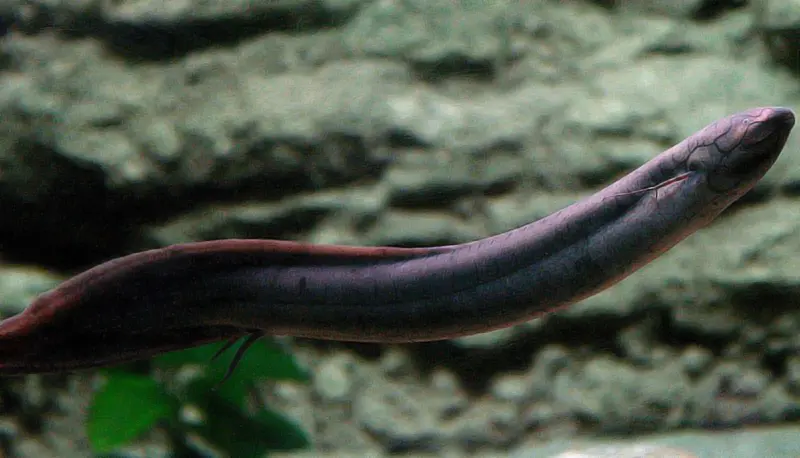
The South American lungfish is the only lungfish in Brazil. It can grow to 1.25 m (4 ft) and is found in the Amazon, Paraguay and lower Paraná river basins, inhabiting swamps and marshes that dry out during periods of low rainfall.
During this dry season, their pectoral and pelvic fins can act as “legs” to help them walk a little on land. The piramboia then abandons its gill breathing and burrows into the mud, forming chambers 30 to 50 cm (1 to 2 feet) deep, through which it breathes the surface air through a small opening. It also covers its body with a mucus that drastically reduces its metabolism and prevents its skin from drying out. When all the water in the area dries up, the fish go into hibernation until the next rainy season - they can remain in this state for up to 3 or 4 years.
Piramboia juveniles are born with external gills, and after 7 weeks the juveniles take on their adult form, losing the external gills, which are replaced by gill openings like those found in other fish.
It is a surprisingly archaic species, considered one of the oldest documented. The oldest fossils of these fish date from the late Cretaceous period, just before the great extinction that wiped out the non-avian dinosaurs. Some believe that these fish were the first land animals. For thousands of years, the fish in this family have maintained the same physical characteristics. The only difference is that they have moved from salt water to fresh water.
Despite their elongated bodies, which resemble eels, these two fish are not related at all.
6 — Amazon leaf fish
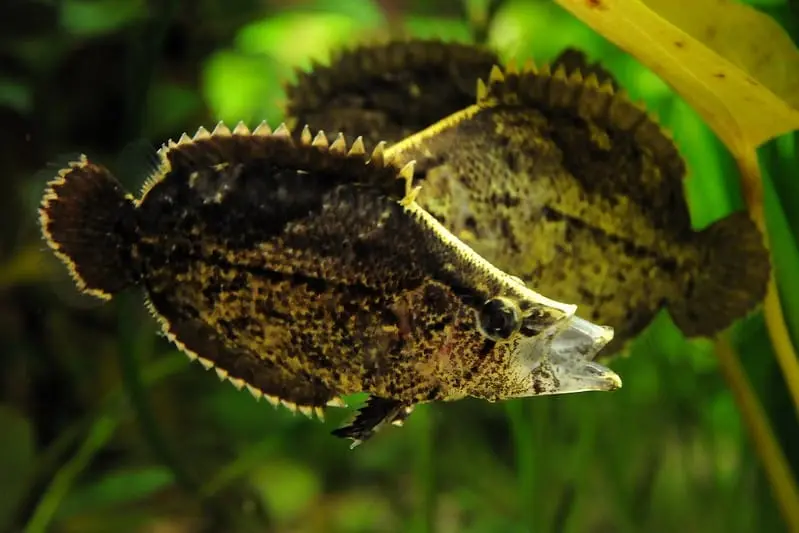
Unlike the giants mentioned above, Amazon leaffish or South American leaffish typically measure only 8 cm (3 inches). They are highly specialized ambush predators. Their body shape, coloration, and even swimming habits allow them to camouflage themselves with drifting leaves. They are also able to change their coloration slightly — allowing them to approach their prey and swallow it with their wide mouth in a quarter of a second.
They are found in the Amazon basin, where they live on the banks of rivers, lakes and streams. They usually live in slow moving or nearly stagnant water in areas with plant debris.
Read more:
Cachorra – Hydrolycus scomberoides
29 Vampire Fish Facts: Meet Amazon’s Payara (Hydrolycus Scomberoides)
Peixe Jaú: Conheça tudo sobre essa espécie
Assessing Cites Non-detriment Findings Procedures For Arapaima In Brazil
Fish species in amazon are so tough to thwart piranha attack
Pirarucu: o gigante das águas doces
